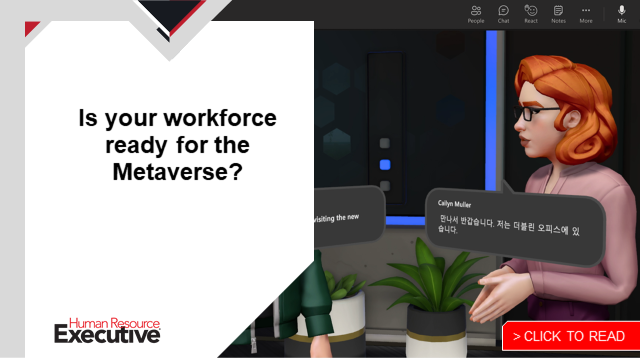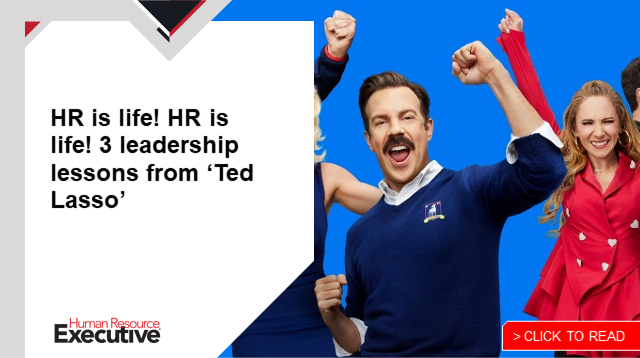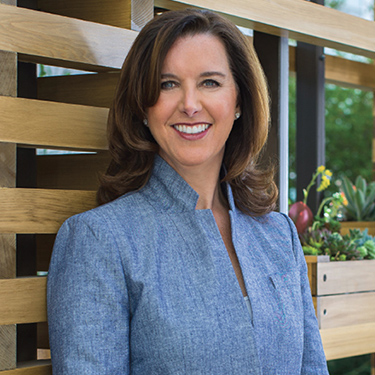Why do HR leaders deploy so many HR technology solutions only to see little uptake by employees? This was one of the burning questions discussed recently by a panel of senior HR leaders at some of the biggest and most well-known brands in the world: Rhonda Morris, CHRO at Chevron; Loren Shuster, chief people officer at The LEGO Group; and Donna Morris, executive vice president and chief people officer of Walmart.
The following exchange took place last month during the Irresistible 2022 conference hosted by Josh Bersin, market analyst and a keynote speaker at the 2022 HR Tech Conference, which takes place Sept. 13-16 in Las Vegas. Register here.
The first part of this conversation, which focused on how these leaders select HR tech tools, can be found here. Like that Q&A, this one has been edited for space and clarity.
Q: Someone at a workplace health app said that the dirty secret of these apps is no one uses them. How much of HR tech is vaporware?
Donna Morris: I would like to push back and say that’s probably no different than any app. There are always early adopters, and then the majority that comes along if they see value [in it.] Then there are always some who wouldn’t leverage the solution.
Within Walmart, we have a number of apps available for associates to support their wellbeing. The Thrive app is one that has been adopted by some of our associates and then we also have others that we recommend for mindfulness. I would say they are being used.
Q: What tools are you using for DEI and are they helping you meet your objectives?
Loren Shuster: To be frank, the technology is only partially helping us so far. Being a European-based company, we have very tight restrictions in terms of what data could be captured about ethnicity, religion etc. Outside of demographic data, it’s virtually impossible to collect.
 In the U.S., we get access to the data and we could do predictive modeling. We could see how different groups of communities and colleagues are being impacted by different programs. But so far, there’s a limitation in terms of what the technology can offer outside of just leveraging learning and development platforms to bring training to all 25,000 employees in a manner that’s suitable to their position in the company.
In the U.S., we get access to the data and we could do predictive modeling. We could see how different groups of communities and colleagues are being impacted by different programs. But so far, there’s a limitation in terms of what the technology can offer outside of just leveraging learning and development platforms to bring training to all 25,000 employees in a manner that’s suitable to their position in the company.
Josh Bersin: Can we also discuss pay equity?
Donna Morris: We partner with Syndio in terms of some of the pay practices that are relative to the U.S. To the point that’s being made at Lego [about DEI objectives], we believe that transparency drives accountability. You have to have the back-end data, but we have very strong associate resource groups.
We have what we call “officer caucuses,” which are leaders who align to those overall associate resource groups. We share our data openly every six months and we’ll release our 2021 data [this month].
In terms of technology, I wouldn’t say this is an area where I worry as much about technology as I worry about building community and an understanding of what inclusion is and ensuring that we continue to be aware of unconscious biases. [Walmart also works on] how we equip our managers and those who are actively involved with our associates to embrace inclusion as a core priority.
Q: Research has found that a typical company uses 88 different apps and large companies use about 175. Are you trying to reduce this number?
Donna Morris: When I joined Walmart two years ago, we had more than 200 back-end systems. Today we’re a little less than a hundred and we don’t even have one enterprise resource system. We use Workday in the U.S. and Canada. However, in other markets, we’re using other large ERP players like SAP SuccessFactors, etc.
I think making sure that your employees aren’t having to deal with the proliferation of systems and that they have a really clean interface is important. Unfortunately for the people team itself, you have to continue to make sure that you’re consolidating systems so that it’s not as challenging.
Q: What impact is HR automation having on your department and your employee service delivery?
Rhonda Morris: I’m happy to take that one on because we completed our Workday deployment globally. We actually did it during the pandemic and it’s really changed the profile of the role of HR as a business partner. Because when you’re dealing with multiple systems, your vision of success is very different. An example I would use is we would have business partners who would declare victory if they could actually tell a leader how many employees they had and where they were located just because of how many systems we had. Now, Workday does that for us and the manager actually can do it him or herself.
 So the role of the business partner has changed such that it’s how do you take that data and use analytics to drive different and better business outcomes? Some people really like that shift; other people just cannot get on board with it. It’s the classic “you moved my cheese” situation and that’s not what they wanted to do. But they have to. [Some are] having a hard time transitioning to a role that’s changing dramatically.
So the role of the business partner has changed such that it’s how do you take that data and use analytics to drive different and better business outcomes? Some people really like that shift; other people just cannot get on board with it. It’s the classic “you moved my cheese” situation and that’s not what they wanted to do. But they have to. [Some are] having a hard time transitioning to a role that’s changing dramatically.
Josh Bersin: Which is why we see so much need for upskilling.
Rhonda Morris: Correct.
More global HR leaders will share their tech insights and strategies at the HR Technology Conference this fall, including at a mega session titled “How CHROs Are Preparing for the New World of Work” and in a keynote panel discussion with CHROs led by 2017 HR Executive of the Year Lisa Buckingham. Learn more here.
The post How automation is transforming Chevron, Lego and Walmart appeared first on HR Executive.


